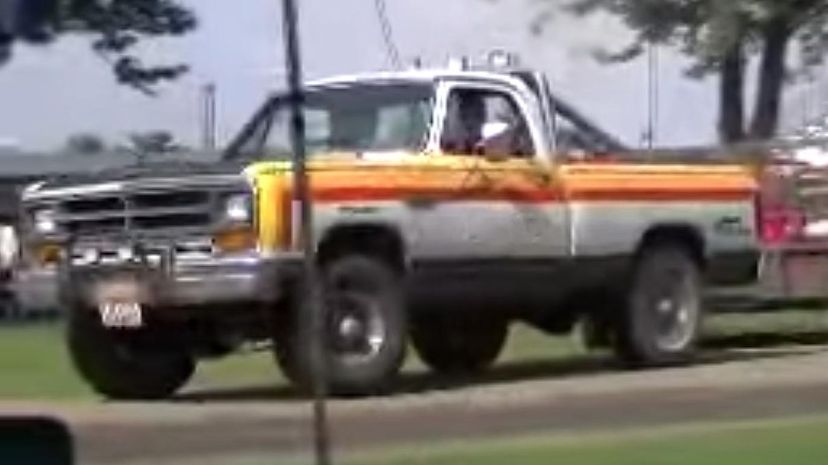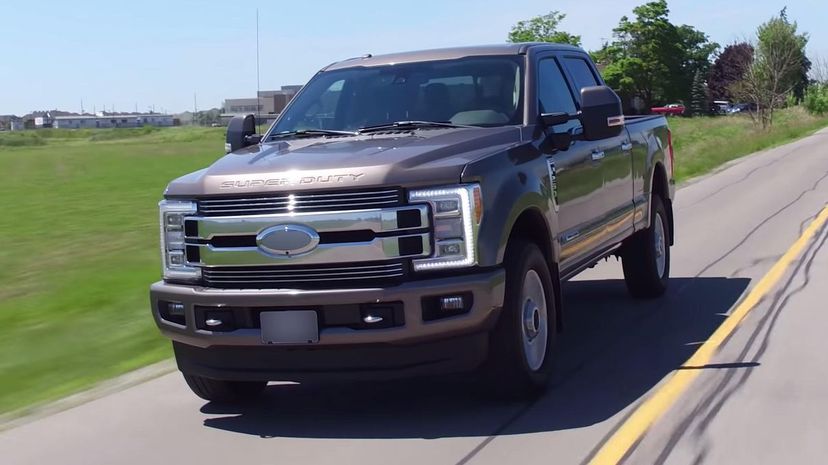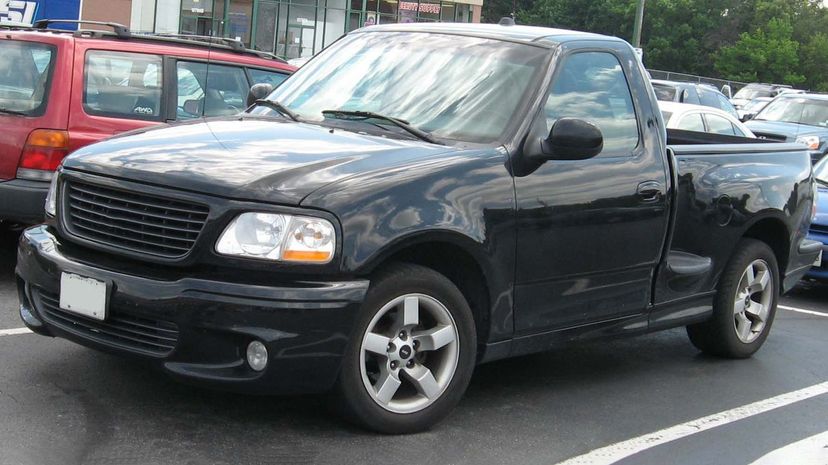
About This Quiz
The first motorized truck in the world dates all the way back to 1896, when Gottlieb Daimler, of Daimler-Chrysler, created his 4-horsepower truck. So, for over 120 years, we've been making and using the biggest, baddest vehicles on the road, and they keep getting better. Both Ford and Chevy had success early with their versions of trucks, but things really took off in the '40s, '50s and '60s. That's when Ford introduced the popular F-Series and the Ranchero, Dodge rolled out the Power Wagons, and a number of other marques tested the waters. From that point on, trucks evolved from simple utilitarian working machines to something more. They were on a par with cars for style and engineering. They were finally cool, some had impressive acceleration, and a lot of them looked amazing. That trend goes on to this very day, with vehicles like the Chevy Silverado, the GMC Sierrra, the Ford F-150 Raptor - and the not-yet-released Cybertruck from Tesla and all-electric pickup truck from Hummer.
If you're a true truck fan, then you should be able to recognize a few of these models, but can you get all of them? There's only one way to find out! Take the quiz and see!



Advertisement



Advertisement



Advertisement



Advertisement



Advertisement



Advertisement



Advertisement



Advertisement



Advertisement



Advertisement



Advertisement



Advertisement













